
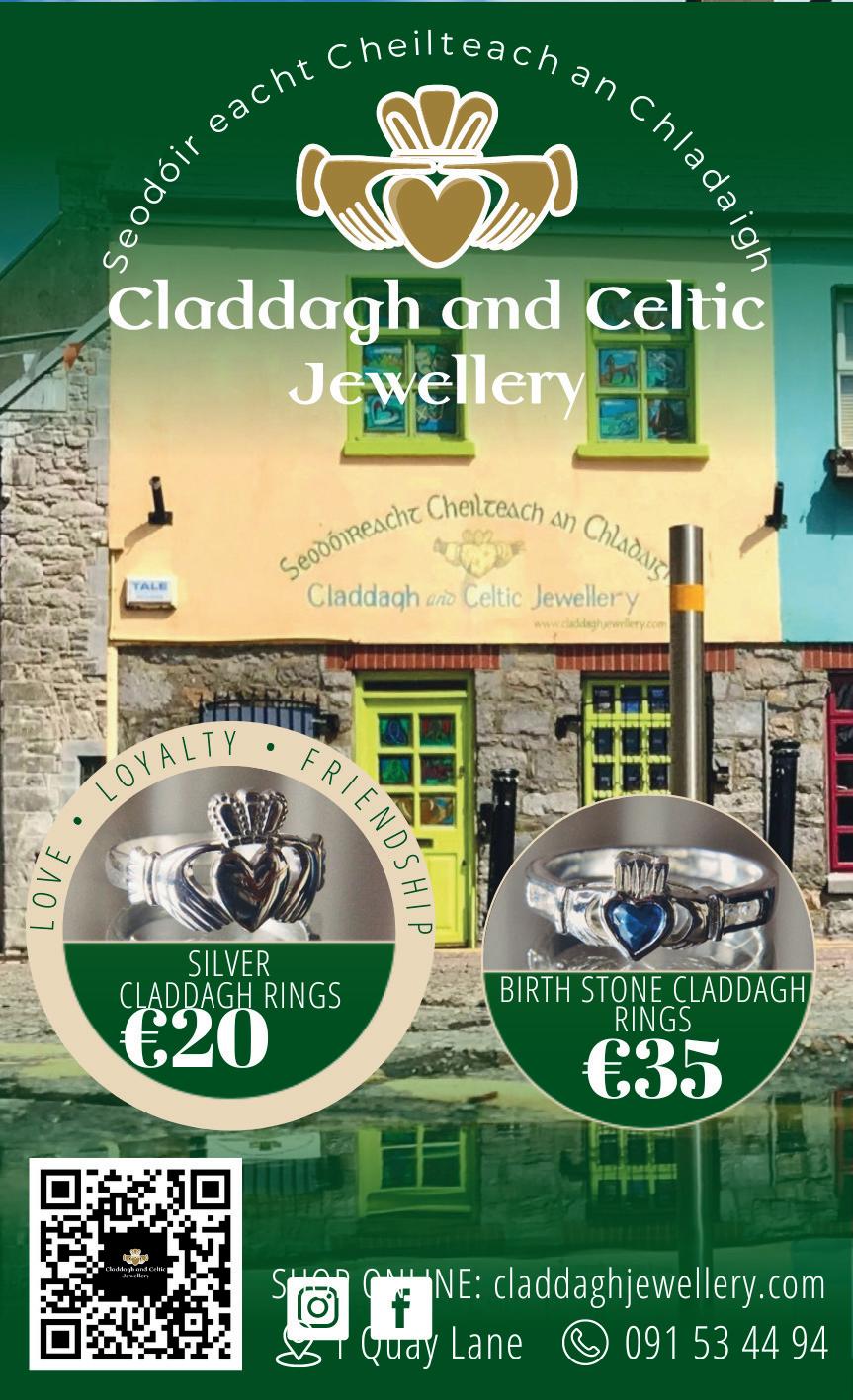

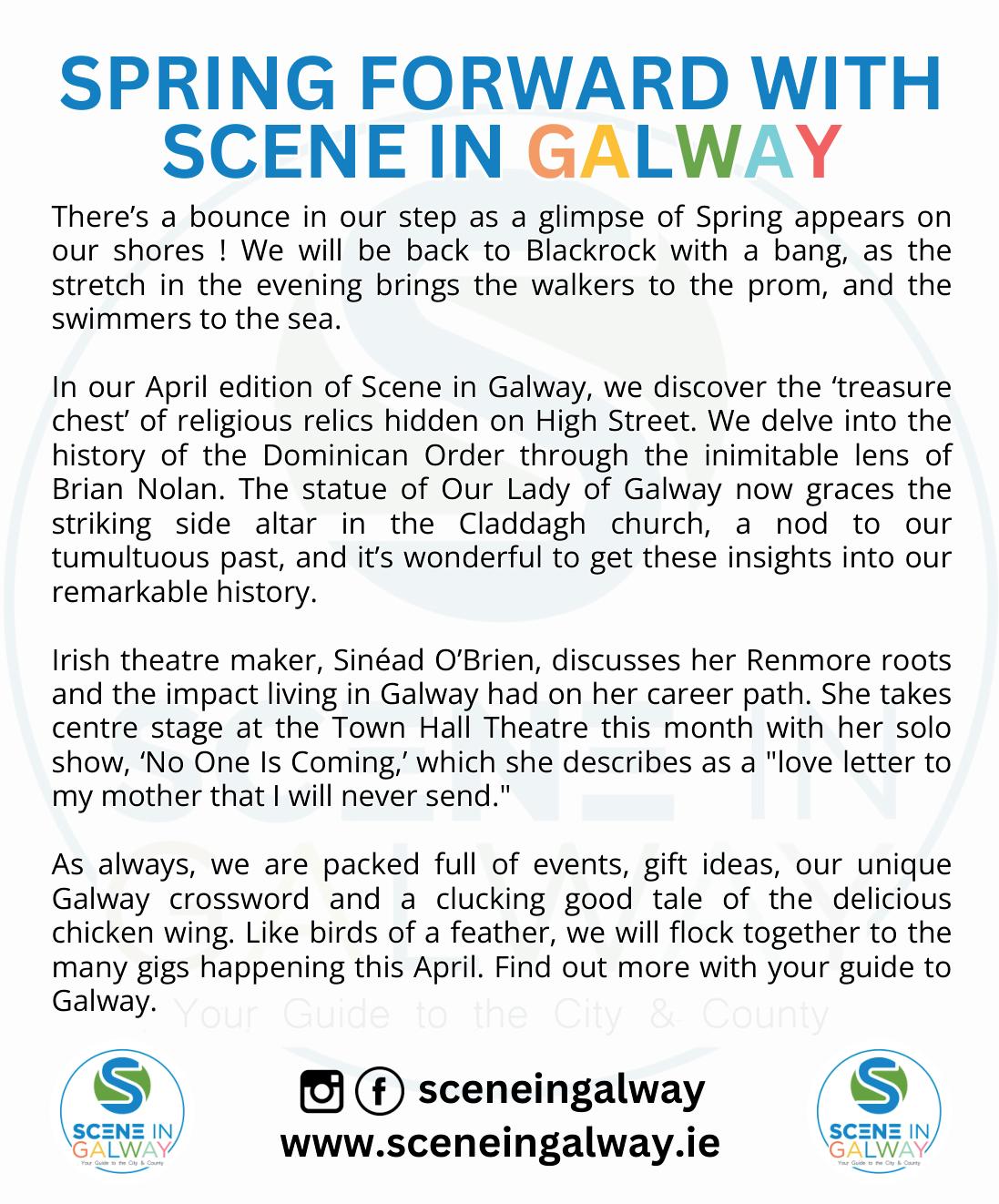

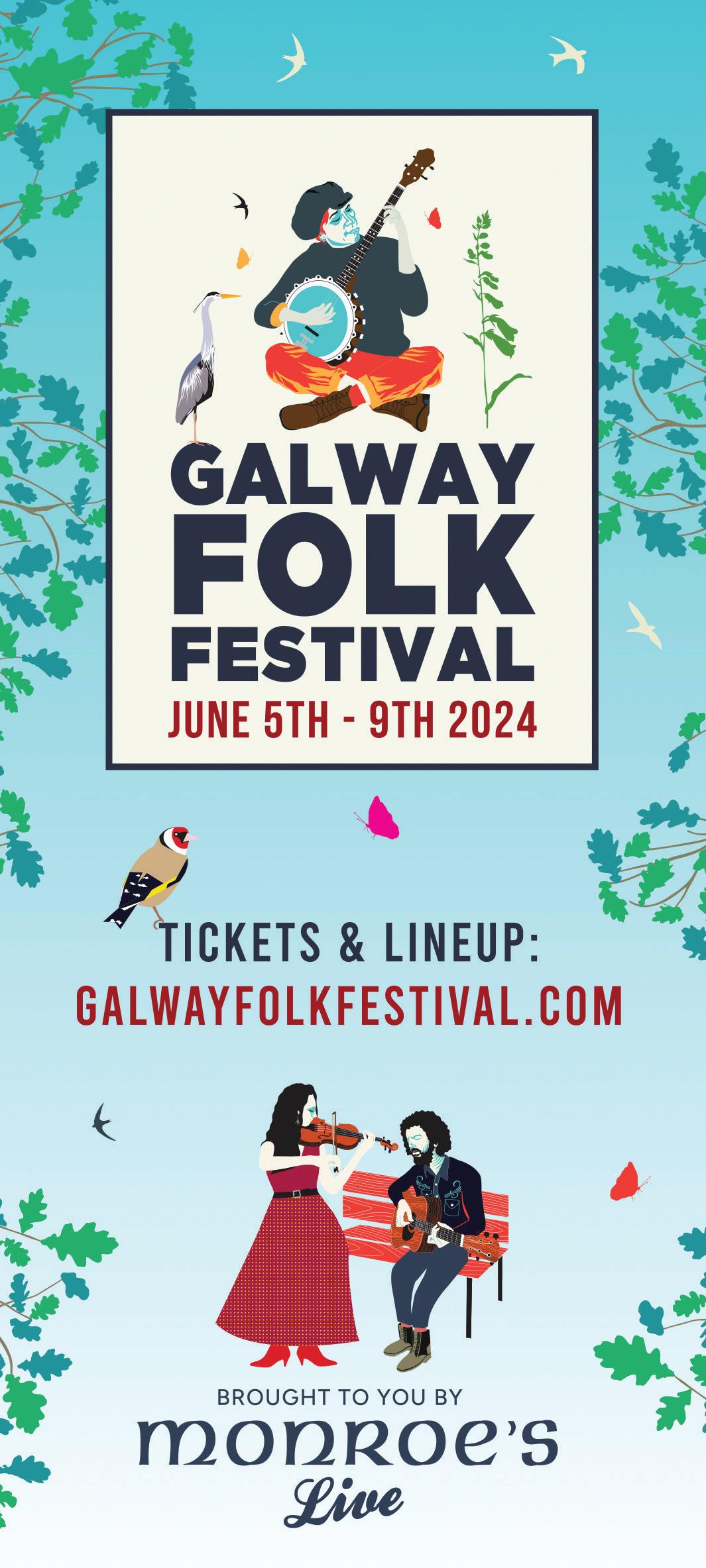







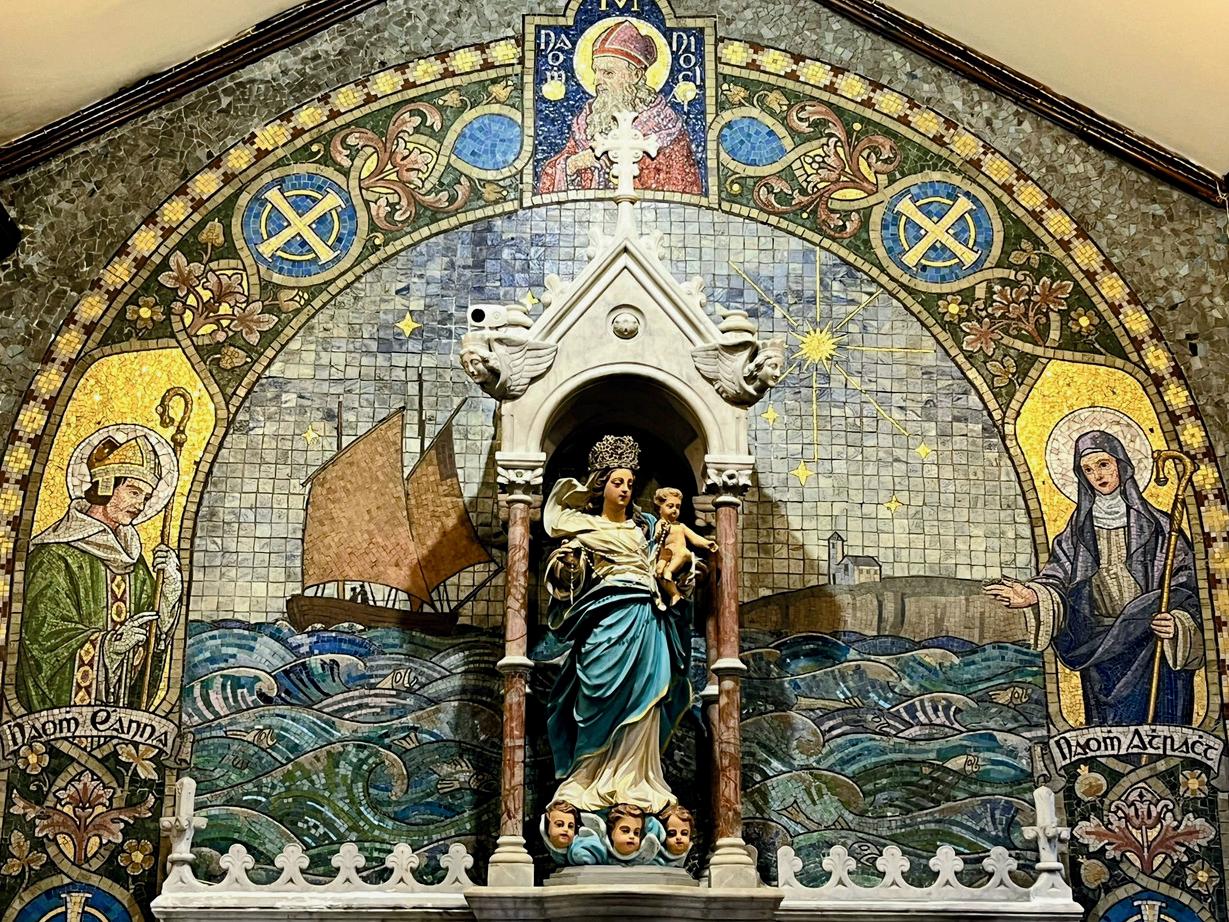 By Brian Nolan
By Brian Nolan
St. Mary’s Church in the Claddagh has been a Dominican church for nearly 550 years. Well, with a few unfortunate interruptions. It’s located opposite the Spanish Arch, across the river Corrib, and outside the walls of our medieval trading city.
The statue of Our Lady of Galway that graces the incredibly beautiful side altar in the Claddagh church forms part of the tumultuous tale, spared the destruction that befell so many religious relics. Originally, the church was known as St. Mary’s Priory, or St. Mary’s on the hill, but in more recent times, it is simply known as the Claddagh church.
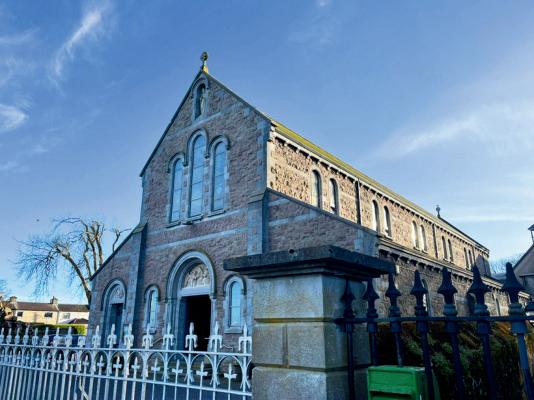
The Dominican Order established an abbey in Athenry in 1241, after they came to Ireland following the Norman invasion, in 1224.
Here, they thrived until 1652, when the town and church were destroyed by the invading Cromwellian army. The monks fled to Galway city, to their sister abbey at the Claddagh, founded in 1488.
However, the Dominican community at the abbey in the Claddagh were not to see much peace after the destruction of Athenry. They had settled in Galway to help minister during the Black Death plague that devastated most of Europe. Galway was besieged for ten months in 1651/2 by the Cromwellian Confederate army. In order to deny the enemy using the church as a redoubt from which to attack the city, the beautiful priory was torn down, and the monks took shelter.
After the city surrendered in April 1652, the Dominicans built an even more beautiful church on their original site. But there was more war to come. The Williamite wars of 1689-91 brought devastation and Galway was reduced to a ruinous settlement. The merchants of old were replaced by a garrison of unruly, vengeful troops and a cadre of vindictive Protestant settlers from the north of England.

galway_walks
galwaywalks
www.galwaywalks.com
The Dominicans were once again homeless, their church burned to the ground. When the Act of Banishment came into force in 1697, and the introduction of the Penal Laws, all Catholic clerics were ordered to leave Ireland or face execution.
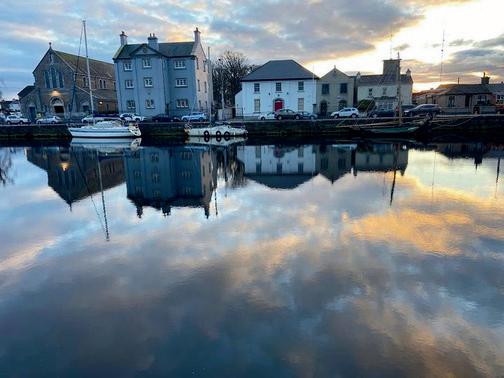
Faced with certain death, all but three of the Dominican community were forced to flee for their lives. In October 1697, 20 Galway Dominicans left the city for Vannes in France. The Catholic Faith in Ireland was persecuted for the following 130 years until 1829, when Daniel O’Connell forced the British Parliament to allow Freedom of Religion in Ireland.
The banished Dominicans fully intended to return. And so, before they sailed for France, they filled a huge chest full of precious relics from their now demolished churches. This included sacred books, silver and gold chalices, a precious altar stone, saintly statues, clerical vestments and several sets of rosary beads, and the stunning statue of the Blessed Virgin.
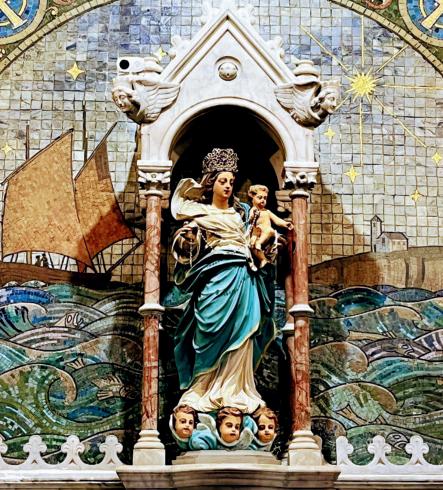
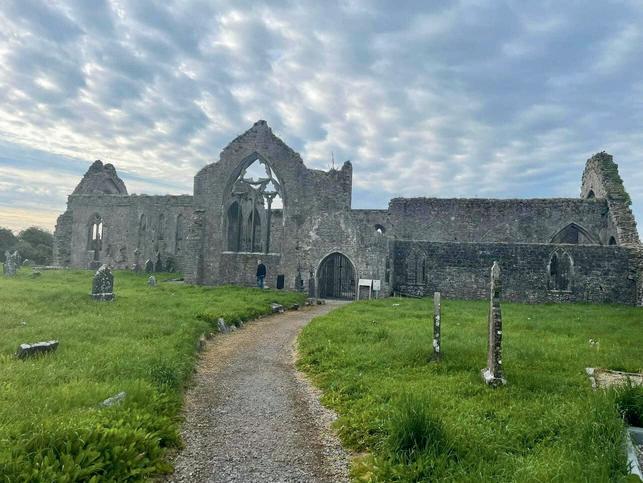
That ‘Treasure Chest’ was given to a Catholic merchant, Valentine Browne, for safe keeping, in 1697. He had managed to survive the pogroms of the Cromwellians and Williamite armies. Their beautiful abbey was destroyed and not rebuilt for a hundred years, and their monks operated secretly, under constant fear of being found. They ministered in disguise. Many were imprisoned or worse, executed
By some miracle, the chest, and its precious contents survived. Some of those items are on display in the Galway City Museum, and the rest are at the Church of Saint Mary that was initially rebuilt in 1792, with the current building being opened in 1891. The statue of our Lady of Galway now graces the incredibly beautiful side altar in the Claddagh Church. It was hidden in a house in High Street for over a hundred years. Restored in 1922/23, it was brought in
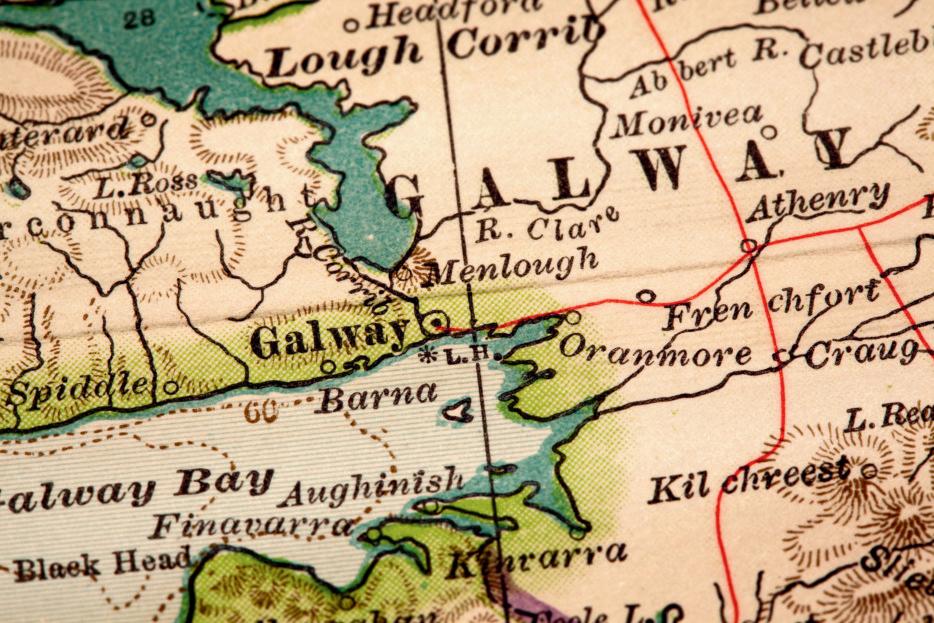

Throughout the month of April, on each Tuesday at 7.30pm there will be a free talk on the history of the Dominicans at Claddagh Church.
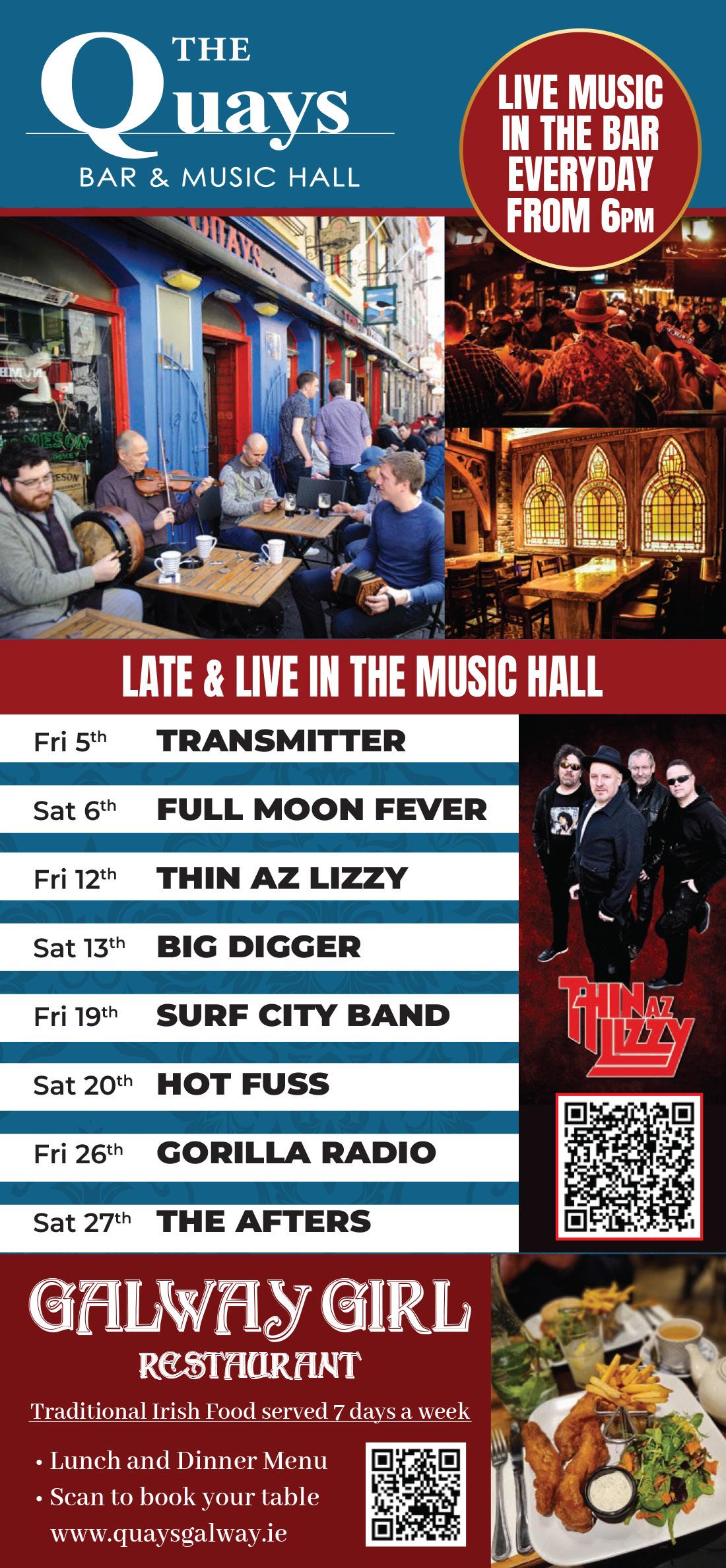



Chicken wings, served fried and drenched in sauce, are a well-known favourite. What is less well-known is the origin of the famous dish, with various claims to its legacy.
Renowned USA chef Fannie Farmer is credited with publishing the first chicken wing recipe in the 1920s.
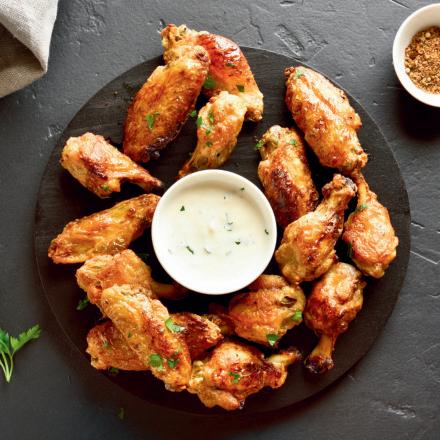

Meanwhile, Charles ‘Chuck’ Wagon is also lauded for uncovering the delicious delicacy in the early 1900s in his kitchen from a Victorian era cookbook.
The Clarendon Hotel in Buffalo served fried chicken wings on their menu as early as 1857. In fact, Buffalo, New York is at the heart of the debate. One key difference is whether they are served breaded and whole, or chopped into flats and drumsticks.
www.whatsfordinner.ie


Perhaps the most famous for creating the first Buffalo chicken wing is Teressa Bellissimo of the Anchor Bar in Buffalo, New York, in 1964. Born out of a mistake, when chicken wings were delivered instead of necks, Teressa deep-fried and sauced them, to wide acclaim.
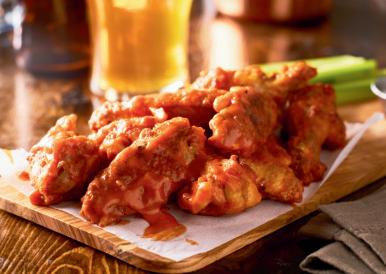
Despite early media focus on the Bellissimos, restaurateur John Young has been recognised for pioneering the dish before the Anchor Bar. In the 1960s, Young's Wings and Things served breaded whole wings in his signature mumbo sauce, while the Anchor Bar offered broken pieces fried and tossed in hot sauce, resembling today's version.
While the Bellissimos gained fame, historians acknowledge Young's significant role in the history of chicken wings. Here in Galway, Scotty’s family run burger and wings Restaurant has been serving wings for 33 years.
Scotty’s famous burger and wings restaurant has exclusively partnered with your locally owned What’s For Dinner.ie to deliver their American diner style menu to your door.
Americans eat approx 1.25 billion wings every year on Super Bowl Sunday alone.

www.whatsfordinner.ie






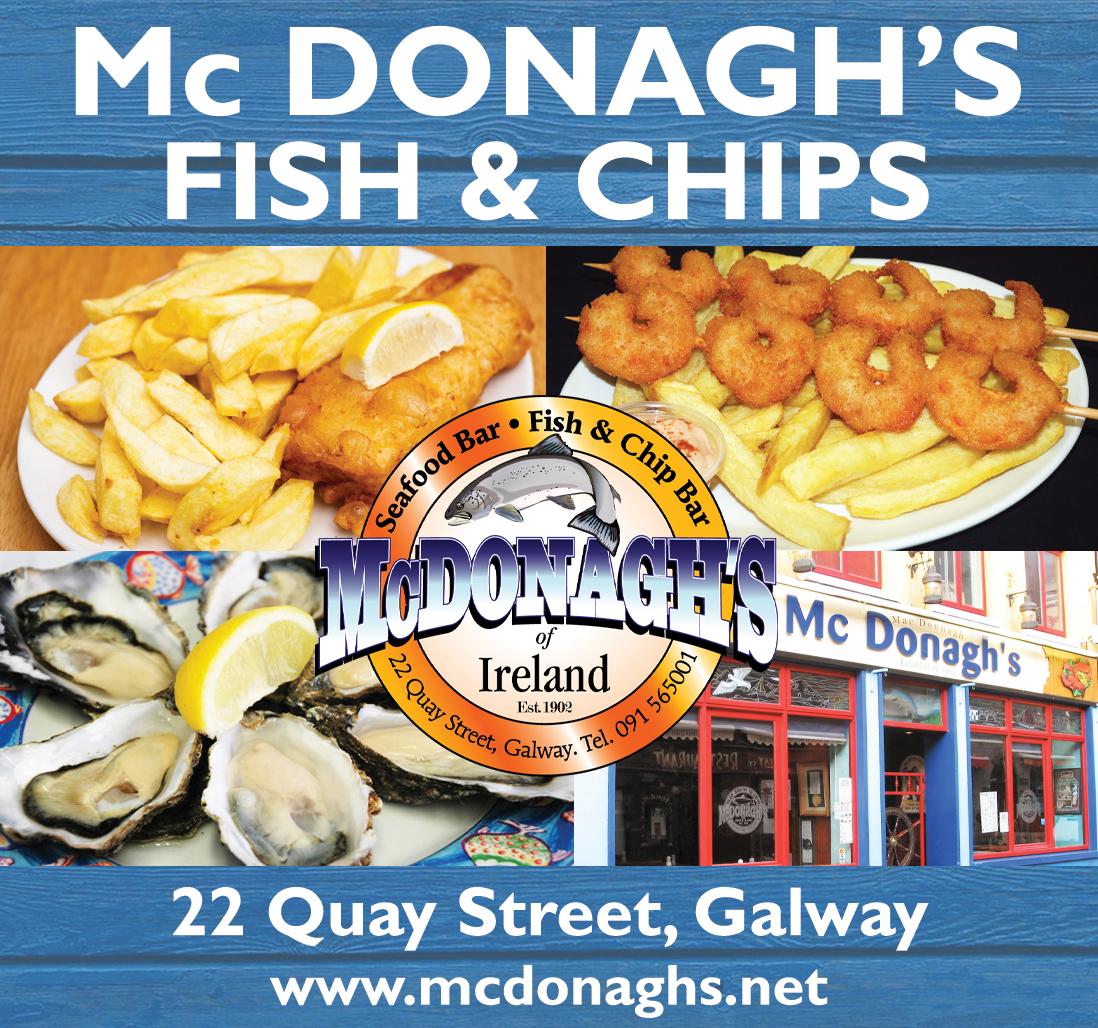
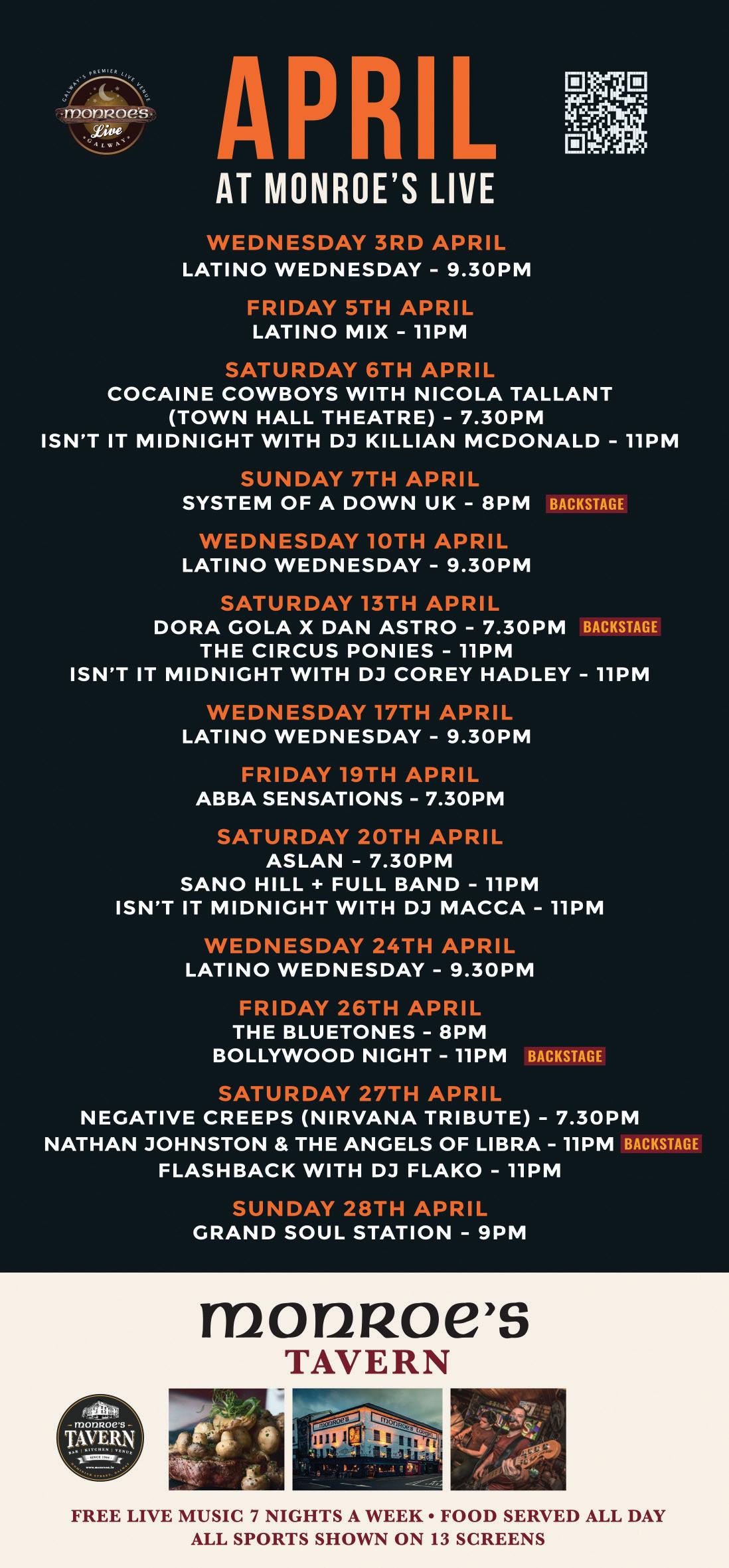


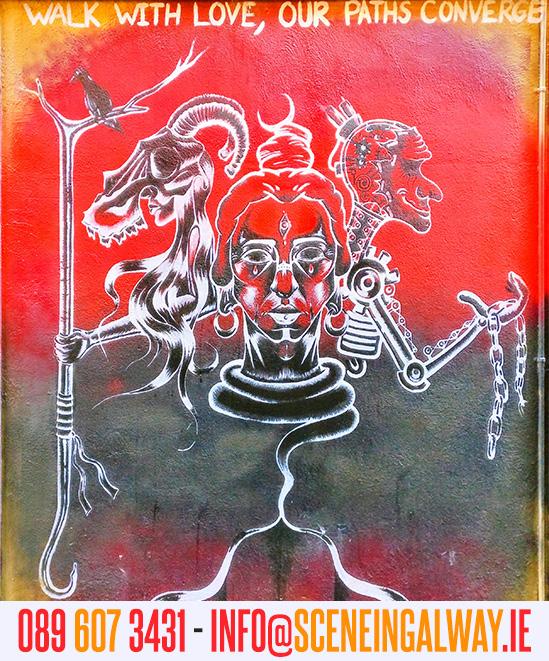


Down
1. Colour of Connemara's famous marble (5)
2. Galway is home to Ireland's largest ___________ (9)
7. There are 20 of these off the coast of Co. Galway (7)
10. Name of the famous Galway jumper (4)
Across
3. Merriman Hotel is the home to Ireland's largest _____________ (6)
4. Castle, once home to the Blake family (5)
5. People from Galway are called (9)
6. The Latin name for Galway (6)
8. Galway is Ireland's _________ capital (8)
9. County Galway has 23% of Ireland's ____________ by area (5)


